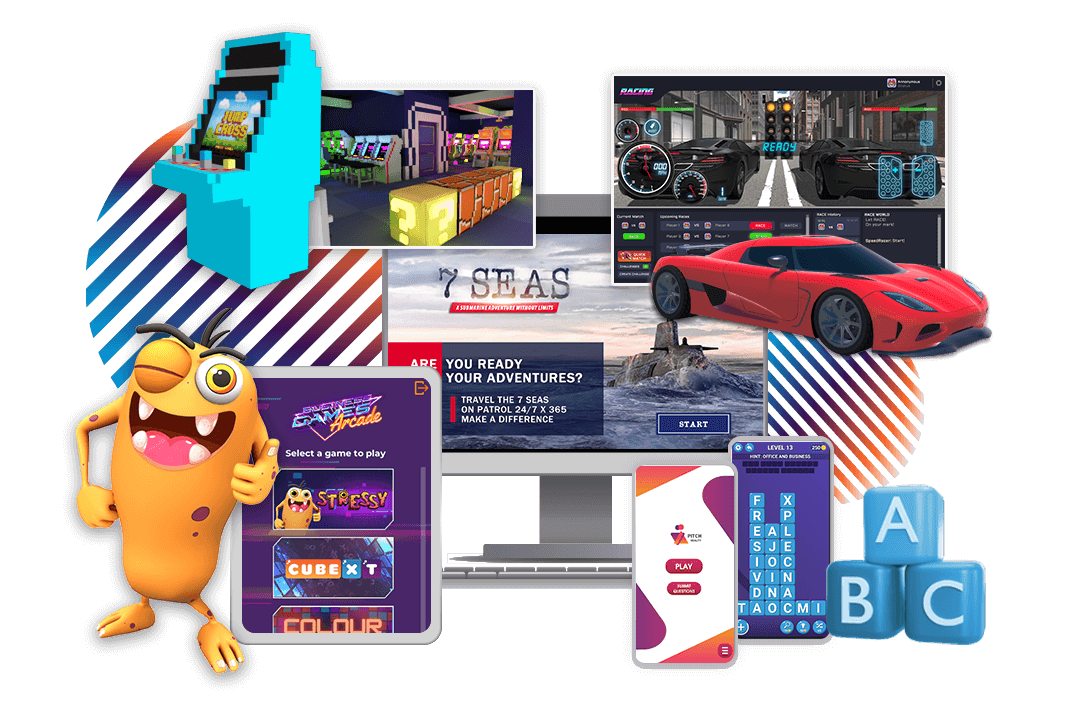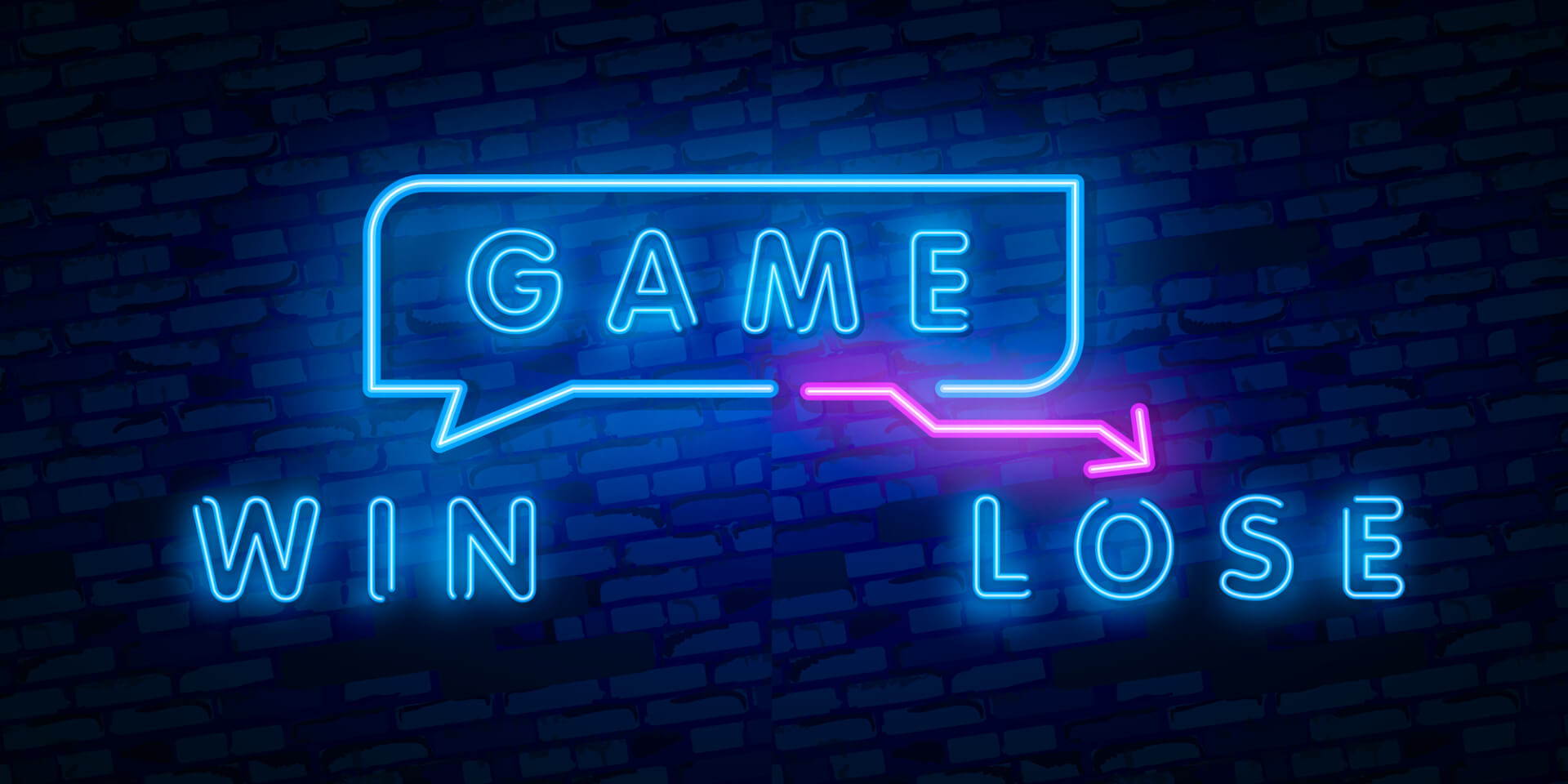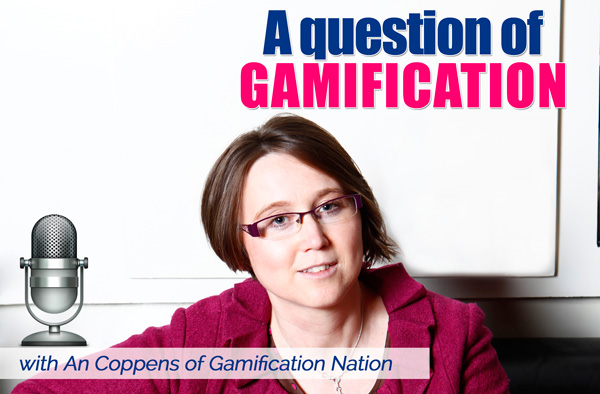Custom-made games are expensive
Everyone knows that as soon as you add the words custom-made to a service, the price tag will be equally impressive. In most cases, I believe that is also justifiable, as in if it is hand-crafted and developed to suit your exact purpose then you should be willing to pay for that. Like most creative fields, game design is an area where games are often custom designed and built from the ground up for a specific goal.
We have been in the custom solution design space since 2012 and work both on gamification and game design for business uses, so in our world, most of our work is completely tailored to the purpose and the target audience of our clients. I was speaking to another founder of a game studio who makes mainly games for game companies and he mentioned that our line of work, aka serious games, had an added piece of complexity that you also have to understand the business problem you are trying to solve. He felt it was something not many companies could or do get right. He said it is hard enough to make a game that people want to play, to not have to add in the extra complexity of business problems.

I thought it was a fun insight from what I consider an industry peer, seen that at the end of the day we are also still making games. It also made me reflect that we are in an unusual space in the industry, where most people are focused on making the next top charting game that every kid wants to play. I then also wondered if our target audience of business clients really understands the complexity of game design and hereby the inspiration for this post.
Let’s look at what it takes to develop a serious game, the process of which we took from a combination of game design and learning design.
What does it take to develop a game?
One of the reasons game design and development is expensive in most cases, is that there are a lot of people, skills, and systems being used to manufacture anything from a board game to a digital playable game. The skills you need to produce a good game vary depending on the complexity of the game, most of the time you are looking at a multi-disciplinary team able to come together and work in intense collaboration. The process requires the team to go from an idea on paper to a concept to a paper prototype and then to a full art concept, level designs, and on to a developed game. Typically it requires testing, quality control, and bug chasing for a number of weeks and sometimes longer to get to a working early release of the game.
For a board game, you need at a minimum a game designer and a graphical art designer to work closely together. When the concept is developed this is then followed by game testing and iterations of the design. It tends to take an intensive amount of time and effort to come up with a game that is both enjoyable and playable. As soon as it passes the tests, it can be finalised to go to print. We work with specialist printers who can cut game cards and pieces so that we know that what we create is close to what is produced in quality and style.
For a digital game, the production team becomes a whole lot bigger and the time frame to delivery also extends due to the complexity of the game design process and more items to have to come together. Just like with a board game, you need a game designer (often more than 1) who comes up with the concept, levels, and narrative. The graphical asset designers work on the game art which can be 2D or 3D, and anything from characters to environments, and often this includes animating the characters. The graphics for any game always take a lot of production time, simply because in most cases you build it from the ground up to suit your game, the brand, and the story. Then we have a user experience and user interface designer work on the game to make sure there is a flow to the game process and the player gets onboarded, gets feedback on their performance, and basically knows whether they are winning or losing through interfaces in the game. Then game developers make all the art function as a game by writing the code often in specific game software such as Unity, Unreal, or other native code bases. Depending on the game requirements sound artists give input as well as special effects specialists. For blockchain games, you would include integrators to wallets and specialists on the specific code of the chain the game is being made for.
The testing phase for a digital game includes testing for playability, although as part of the early game design process, you would have already played it on paper before it went into the design phase, you are still testing that it is as good as it can be for the goal you are trying to achieve. In testing, you also ensure that the game works on all the potential devices you expect your players to use. This includes testing on different browsers, operating systems, devices, etc. We rarely create games for game consoles but we do have games that are played on the web and mobile and some AR/VR uses.
Keeping the customer engaged throughout the process
For us, the biggest challenge is to keep the customer engaged throughout the process and also to make them aware that game design and development simply does take time. You can only take so many shortcuts before it starts showing as a poorly made game.
To help in this process, we blended the typical game design process with that of learning design. Having worked in both fields, I could see the benefits of the gradual build-up of a learning design process and how it looks for approval and input throughout the game. We send clients looking at certain commercial games to get feedback on what would work or not for their specific goal. Having them play or at least look at the games in the market, we can then narrow them down on genre and often also on styling. Not every game type suits the business goal you want to achieve. We also insist on doing user research into their player, so that we can recommend the best possible game type for their audience.
Once the game type is decided on we typically work on a high-level concept with mission objectives and business goals. Once this hits approval we go about iterating that into a more detailed storyboard, where initially we describe the journey in process flows and text instructions which you would typically also see in a game design document, it also includes reference photography and art styling. The more the team develops art and assets, the more this starts to be populated by real game elements and screens. I use the storyboard typically as the base for discussions with clients. In my experience, going to the client with updates that are not visual, makes them nervous and feel out of control. To alleviate that and a lot of rework later, we keep the process transparent.
We also have a detailed game design document, which is more of an internal reference point because most clients (although some do get stuck in) don’t like a mega spreadsheet. The game design document details some of the more calculated items required, from the pass and fail percentages, to the amounts of items in each level. The document has an over-arching description and then tabs per level. If time is really tight, we may fit some of the details into the storyboard.
Challenges specific to serious games
Every game type has its challenges, so it should come as no surprise that serious games have some too. Serious games typically have a business or serious purpose, such as recruitment, assessment, employer branding, learning purpose, etc. It requires the game designer to be able to understand that business process and the problems associated with it from a buyer and player perspective. As we have found out over the years, the combination of a great game designer and the one understanding business are not always found together. We are working on putting together a course to help us and hopefully the industry to remedy some of the gap in understanding.
As the founder of a design agency, I was a person that had the combined skill and interest. I trained in both game design and worked in the business and corporates for most of my career. I assumed that more people could easily transition in both fields and learned that this is not always that straightforward. Some game designers chose their field because of their dislike for corporate work and some that come from corporate can’t be bothered to study game design.
Bringing the client along is always important and can be a challenge, especially when iterations and change requests are a regular occurrence. In most cases, the client will sign off eventually, but there have been rare situations where up to a go-live deadline, iterations are being made which end up slowing things down. There having the understanding of the knock-on impact of even minor changes like adding in a logo, or changing a text colour or a character is massively helpful, we do explain but it often falls on deaf ears. We only had one instance where we really couldn’t resolve our differences and we ended up walking away from the project. But mostly it is a case of managing expectations and daring to say that some changes won’t be made if they want to stick to a launch date.
Another challenge is that our business model relies heavily on freelancers. It is normal in the game industry to have this model because you can’t have every possible art style and game-required skillset on your books full-time because you don’t need them all the time. Freelancers need to be paid upfront through systems like Upwork and others or at a minimum in 30 days. Corporate buyers often try to impose ridiculous payment terms onto small companies, like 120 days, 90 days, or even only on acceptance testing does anything get paid. Those terms simply don’t work and will actually cause stress on the relationship and impact creativity and delivery.
We have had projects go on hold because of payment terms and freelancers basically downing tools until they got paid. We also had projects not starting for 5 months because of terms negotiations and then having to rush through every step to get the job done in a given timeframe. We have had projects left with us half paid either because the companies we were making them for ran out of money, out of interest or simply kept wanting changes to the point of no return. Over the years we have tried different formulas to manage this challenge, from taking a deposit and staged payments. So far they have all left us out of pocket and with highly stressful periods.
Hence, we are launching a productised service called game plans, in fact, all of our services will eventually follow this structure. Basically, the customer buys the game design service on subscription and spreads the cost over the development time with a minimum subscription duration of 3 months and a small set-up fee to put all the systems in place upfront. That then allows us to get going and pay our freelancers when their part is delivered.
I hope that you will also welcome the new more transparent way of working with us through game plans. So if you are in the market for a game, check out our game plans and get in touch to book your game into our production schedule.



